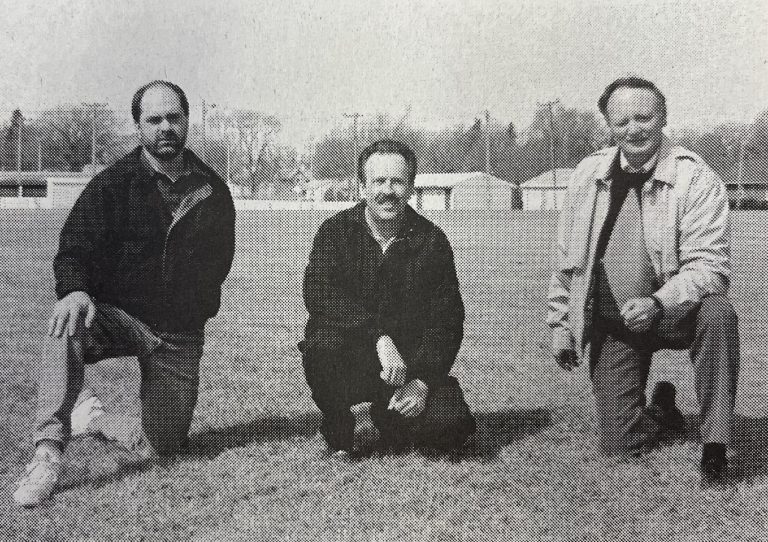
Sleepy Eye Lake has the ‘perfect filter.’ But for how long?
A three-year study of what’s flowing in and out of the city’s slough found the wetlands operating as a “phenomenal” safeguard for Sleepy Eye Lake, discovered a hero in its cattails, and threw a curve ball at researchers, showing that urban runoff – not farmland – is the source of most of the pollutants it captures.One big question remains:How long will it last?“You have the perfect filter at the edge of your town,” Bryce Hoppie, a professor of Earth science and geology at Minnesota State University Mankato, told an audience last week at City Hall, before adding: “I can’t tell you how long it’s going to remain as the perfect filter.”Hoppie’s research was part of a $50,000, city-funded project to collect data on how the slough functions and learn the source of the contaminants that flow into it.





